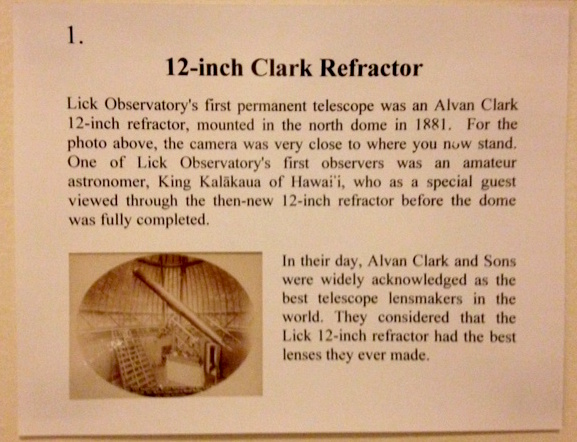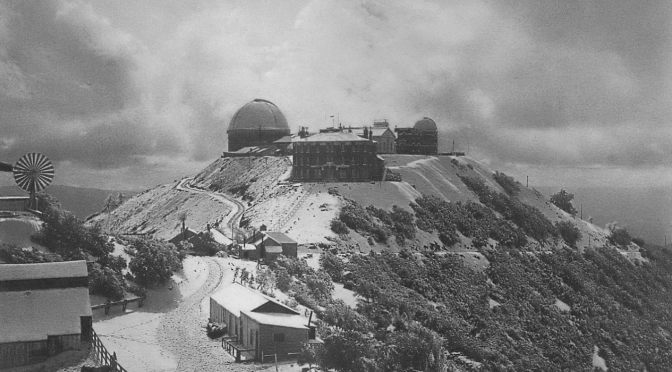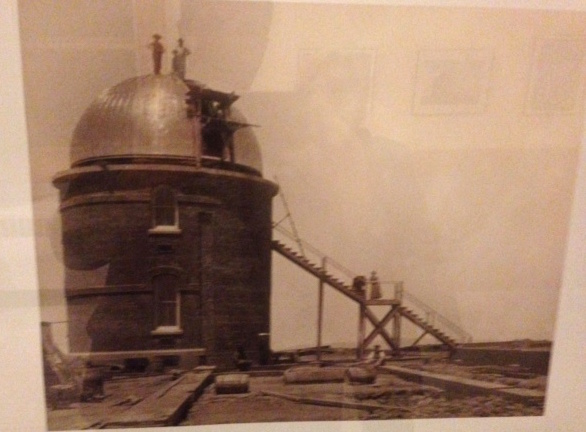Did you know that Kalakaua was a true astronomy buff? He sailed across the ocean and rode a stagecoach up to the Lick Observatory outside San Jose.
My friend Peter Matlock, who just visited Lick Observatory, sent me this account of his visit:
My wife and I were recently at the University of California’s Lick Observatory, built outside San Jose back in 1880.
For all those invoking the monarchy as they protest at the new leading location for astronomy, it might be useful to remind them that one of the first visitors to Lick, and an evident supporter, was King Kalakaua.
When Kalakaua made the trip in the 1880s, there was a single lane dirt road and it took 4 to 5 hours to travel by stagecoach from San Jose—and this after the voyage to get from Hawai`i to San Jose in the first place.
It still takes a high sense of dedication to and appreciation for the science of astronomy to make the trip to the Lick Observatory. Today it’s an hour drive and an elevation gain of over 4,200 feet from San Jose up a twisty narrow mountain road (365 turns, many hairpins)—often with a cliff on one side and a sheer drop-off on the other (and generally no guard rails).
I thought you might like to see some pictures I took there, as well.
When the Lick Observatory was built, it had the then-largest refracting and reflecting telescopes in the world.
This facility was the leading astronomy facility at the end of the 19th century and has a long tradition of scientific innovations and discoveries. These include the almost immediate discovery of the fifth moon of Jupiter, use of photography and spectroscopy to record data and revolutionize our ability to probe and understand the universe, development of adaptive optics technology to improve resolution of astronomical images in real time, and Lick’s newest telescope—the Automated Planet Finder to discover planets outside our solar system.
The Lick Observatory continues to be a pioneer facility in astronomy.




Thanks for the insight.